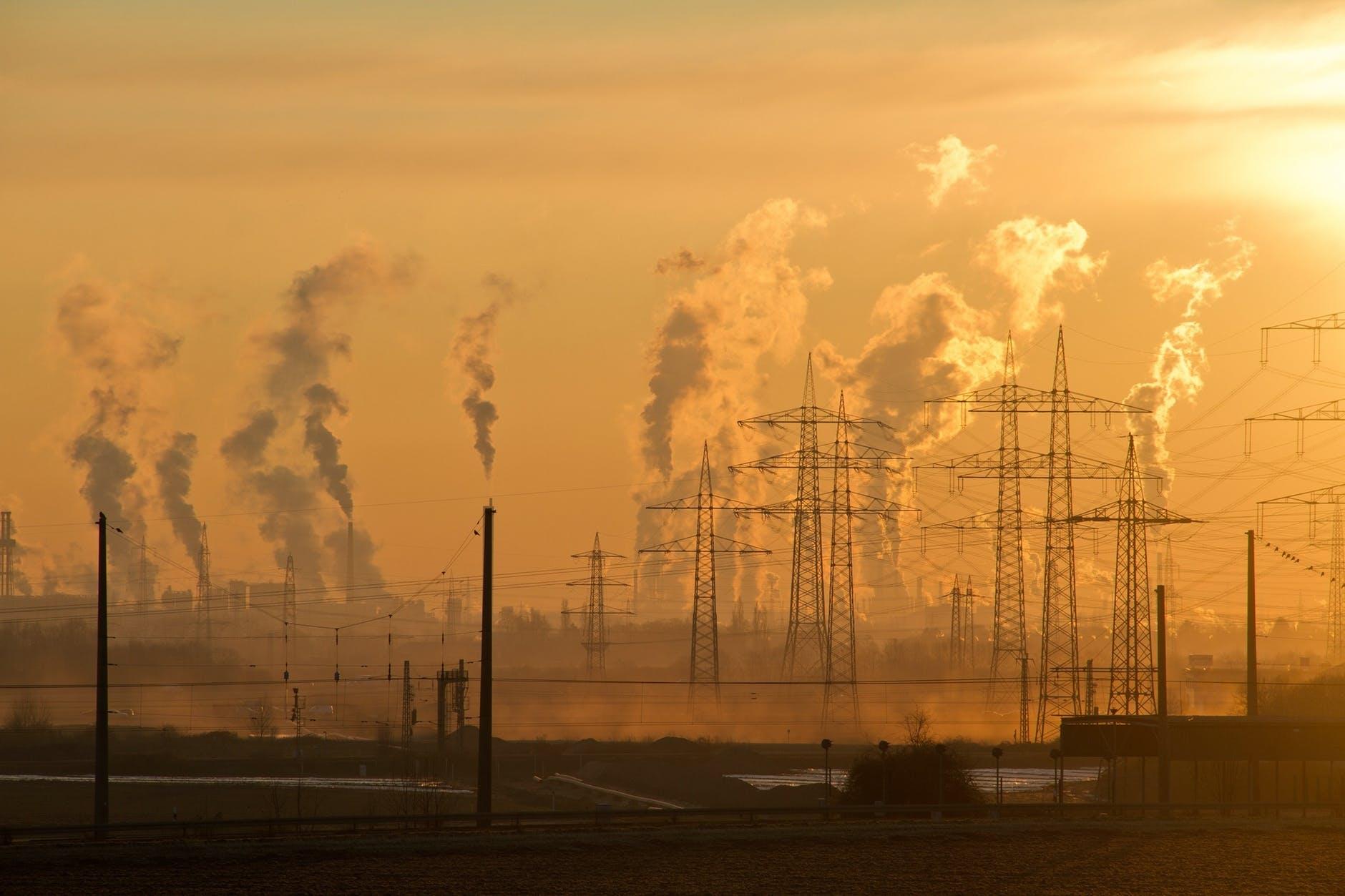New Report Says Environmental Regulation Has Cut Air Pollution Related Deaths In Half
Thanks to regulations like the Clean Air Act and federal and state rules on vehicle emissions less people are dying from air pollution according to a new study.
Updated Oct. 26 2018, 11:03 a.m. ET

Environmental regulation on air pollution saves lives. Those are the results from a new study conducted at the University of North Carolina at Chapel Hill published in the Atmospheric Chemistry and Physics Journal last week.
Thanks to things like the Clean Air Act and federal and state regulations on vehicle emissions, deaths related to air pollution exposure in the U.S. decreased by about 47 percent, dropping from about 135,000 deaths in 1990 to 71,000 in 2010. The team of researchers estimate reduced pollution levels saved more than 40,000 lives in 2010 alone.
“We’ve invested a lot of resources as a society to clean up our air,” Jason West, study co-author and professor of environmental sciences and engineering at the University of North Carolina, said in a release. “This study demonstrates that those changes have had a real impact with fewer people dying each year due to exposure to outdoor air pollution.”
The researchers analyzed concentrations of two pollutants, known as PM2.5 and ozone, from a 21-year computer simulation of air pollution across the U.S. PM2.5 are very small particles suspended in the air that come from power plants, motor vehicles, industries, and some commercial and residential sources. The diameter of such small particles is less than 2.5 micrometers, which is about 3 percent of the diameter of a human hair.
They then related the declining concentrations of PM2.5 and ozone to the geographical areas in which people live and the causes of death in those areas, using data from the Centers for Disease Control and Prevention, to estimate deaths from air pollution during the period. They estimated deaths from ischemic heart disease, chronic obstructive pulmonary disease, lung cancer and stroke related to PM2.5, and from respiratory disease for ozone.
“These health improvements likely have continued beyond 2010 as we observe that air pollutant concentrations have continued to decrease,” said Yuqiang Zhang, lead author of the study and a former EPA employee, in a statement.
Zhang is a former postdoctoral researcher at the UNC Gillings School and at the Environmental Protection Agency and current research scientist at the Duke University Nicholas School of the Environment. She lead the study in collaboration with West and several scientists at the EPA.
Still, despite clear improvements, air pollution remains an important public health issue in the U.S. The estimated 71,000 deaths in 2010 translates to 1 of every 35 deaths in the U.S. - that's as many deaths as we see from all traffic accidents and all gun shootings combined.
The first global meeting on air pollution will be held in Geneva next week at the World Health Organisation (WHO). World leaders will come together at the first Global Conference on Air Pollution and Health to discuss recent data that shows how people are negatively impacted by pollutants in the air and what they can do to improve air quality.
"Even though we've seen some tangible success, there are still people dying, and a public health challenge remains going forward," West said. "New federal policies curtailing air pollution regulations likely will slow the improvement in air quality or possibly make air quality worse."